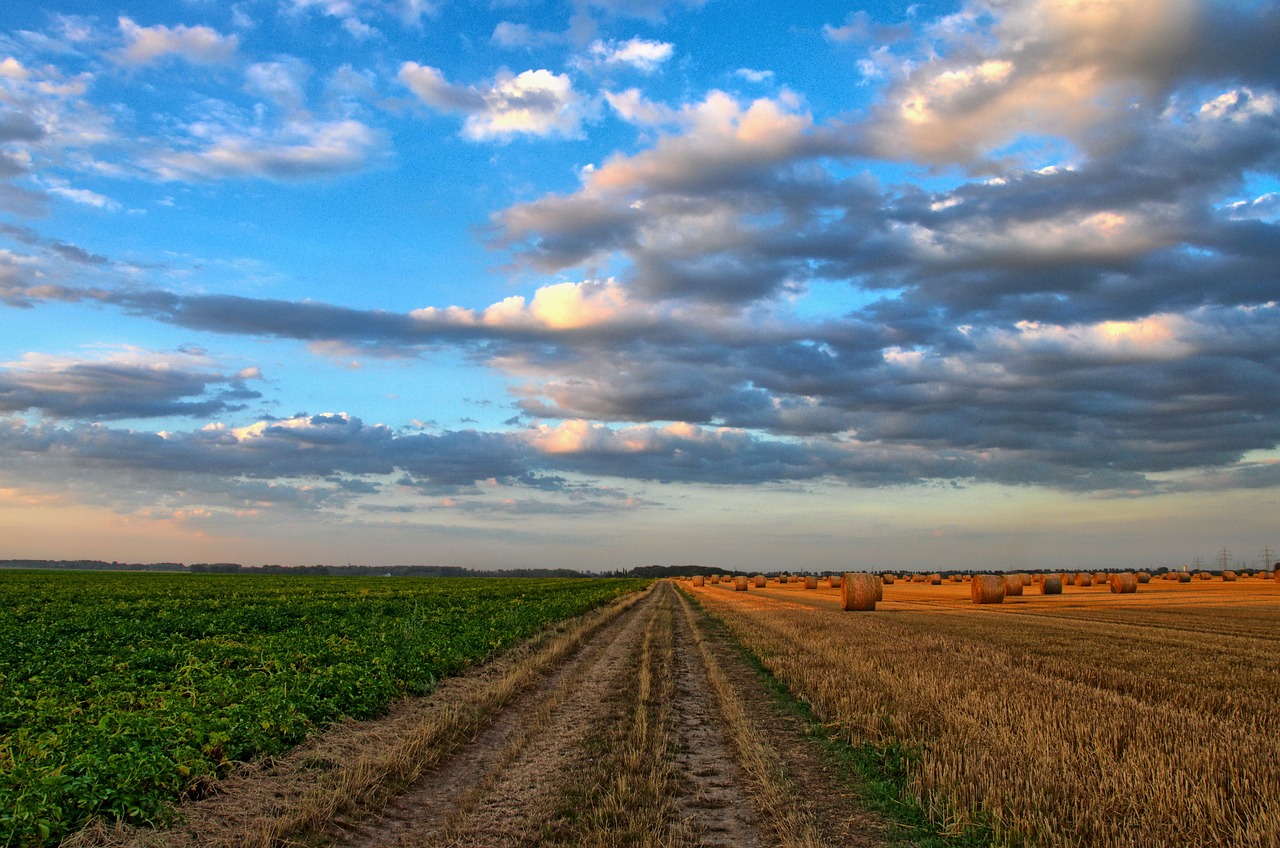Dalia Savy
AP Human Geography 🚜
320 resourcesSee Units
Multiple Choice Practice for Agriculture and Rural Land Use
Welcome to Unit 5 AP Human Geo Multiple Choice Questions! Grab some paper and a pencil 📄 to record your answers as you go. You can see how you did on the Unit 5 Practice Questions Answers and Review sheet once you're done. Don't worry, we have tons of resources available if you get stumped 😕 on a question. And if solo study is not your thing, join a group in Hours!
Not ready to take a quiz yet? Take a look at the Intro to Unit 5.

Image courtesy of Pixabay
Facts about the test: The AP Human Geography exam has 60 multiple choice questions and you will be given 1 hour to complete the section. That means it should take you around 1 minute per question.
*The following questions were not written by College Board and, although they cover information outlined in the AP Human Geography Course and Exam Description, the formatting on the exam may be different.
1. Which of the following is NOT a form of commercial agriculture?
A. dairy farming
B. cattle ranching
C. pastoral nomadism
D. specialized fruit production
2. Which of the following did von Thunen place nearest the city center?
A. dairy farming and gardening
B. forest for wood
C. grains and field crops
D. ranching
3. Which of the following is NOT an example of a cash crop?
A. coffee
B. corn
C. bananas
D. cocoa
4. Agriculture that requires a high level of manual effort is called:
A. cultivation
B. reaping
C. crop rotation
D. labor-intensive farming
5. Which of the following is an example of a clustered rural settlement?
A. areas 6 miles long and 6 miles wide
B. groups of homes located near each other in a hamlet or village
C. uses physical features of the local geography along with directions and distances to define boundaries
D. houses built on narrow lots perpendicular to a river,
6. All of the following crops are products of Mediterranean agriculture except?
A. apples
B. olives
C. grapes
D. figs
7. Which of the following is NOT an example of Mediterranean Agriculture?
A. Olives in Italy
B. Raisins in Greece
C. Lemons in California
D. Oranges in Florida
8. Which of the following is an example of agribusiness?
A. mining coal for energy
B. cutting trees for lumber
C. processing crops into canned food
D. selling handwoven rugs
9. Oyster farming is an example of:
A. labor-intensive farming
B. aquaculture
C. polyculture
D. GMO's
10. Which of the following is a characteristic of shifting cultivation?
A. a new site is designated every few years
B. swiddens not under cultivation are used for mining
C. a new site is designated very 50 years
D. debris is mulched to provide nutrients to the soil
11. Farming typically found in LDC's and used for the production of food on small farms primarily for consumption by the farmer's family with manual labor instead of machines is called:
A. subsistence
B. plantation farming
C. pastoral nomadism
D. commercial
12. In von Thunen’s theory, the key variable in an agricultural location decision is:
A. irrigation cost
B. labor cost
C. climate
D. Transportation cost
13. A series of links connecting a commodity's places of production, distribution, and consumption is called:
A. industrial input
B. commodity chain
C. a concentrated animal feeding operation
D. cool chain
14. Which of the following rural survey methods results in irregularly shaped lots?
A. long-lot
B. metes and bounds
C. township and range
D. linear
15. Which of the following is NOT a primary characteristic of the Green Revolution?
A. high-yield seeds
B. synthetic fertilizers and pesticides
C. seed drill
D. increased irrigation and mechanization
- 🙌 Time to check your answers on Unit 5 Practice Questions Answers and Review.
- 🤝Connect with other students studying AP Human Geo with Hours.
Browse Study Guides By Unit
🗺Unit 1 – Thinking Geographically
👪Unit 2 – Population & Migration
🕌Unit 3 – Cultural Geography
🗳Unit 4 – Political Geography
👨🌾Unit 5 – Agriculture & Rural Land-Use
🌇Unit 6 – Cities & Urban Land-Use
💸Unit 7 – Industrial & Economic Development
✏️Frequently Asked Questions
🧐Multiple Choice Questions (MCQ)
✍️Free Response Questions (FRQ)
📆Big Reviews: Finals & Exam Prep

Fiveable
Resources
© 2023 Fiveable Inc. All rights reserved.